In the first of our new six-part series, Jon Palmer crosses the Alps into Piedmont to follow the trail of that uniquely 18th-century phenomenon, the Grand Tour
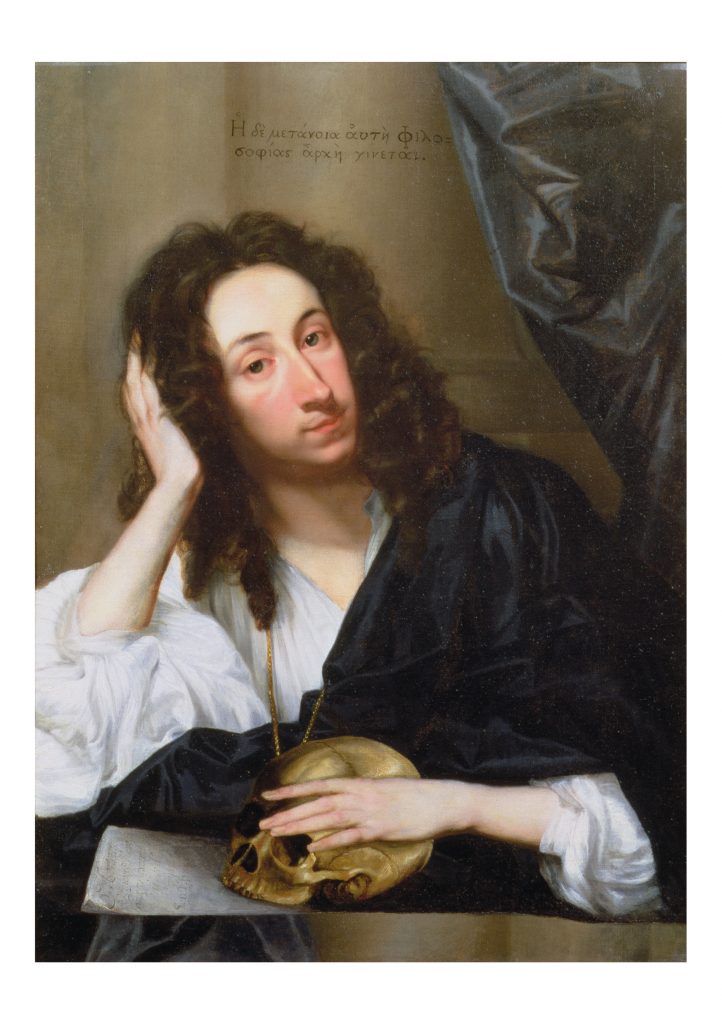
John Evelyn, one of the earliest Grand Tourists, 1648 (oil on canvas) by Robert Walker (1607-60)/Private Collection/Philip Mould Ltd
The foundations of the Grand Tour can be traced back to the begin of the 17th century and a young squire called Thomas Coryat, whose travel journal was to influence a generation of young noblemen to follow in his footsteps across Europe. The 18th century was to see the Grand Tour proper become established, but first we step back to 17th-century England…
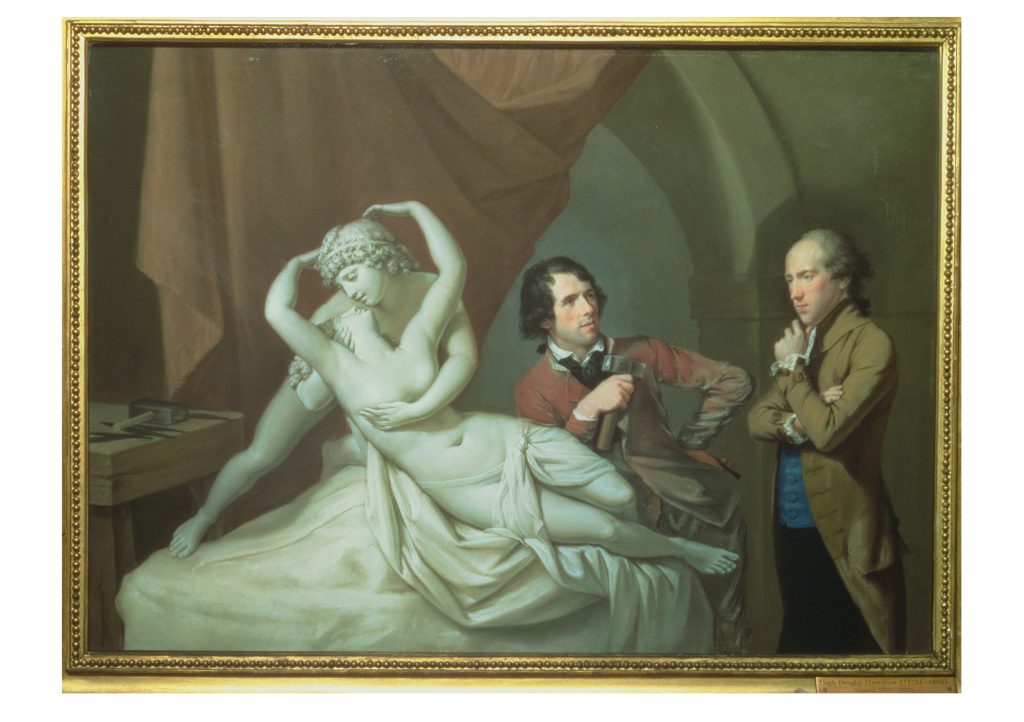
As the century progressed, the country was thriving as it recovered from civil war. London had been rebuilt after the Great Fire, the Jacobites were defeated, the Enlightenment was blossoming and union with Scotland would soon set Great Britain fair to duff up the French in America and India and become the world’s supreme naval power.
Italy, by comparison, was stagnating. Venice had been losing her status as the trading capital of Europe ever since the discovery of the Americas, and the country’s Spanish rulers were by now in decline. A nobleman from England, coming through France or Germany, considered Italy a backwater with a morally debauched, unattractive population – a bit rich coming from an 18th-century British aristocrat… To many, the sole remaining cultural grace of this ever-changing patchwork of kingdoms and republics was that it had not yet been overrun by the Turks, whose empire reached up to the northern islands of Croatia’s coast.
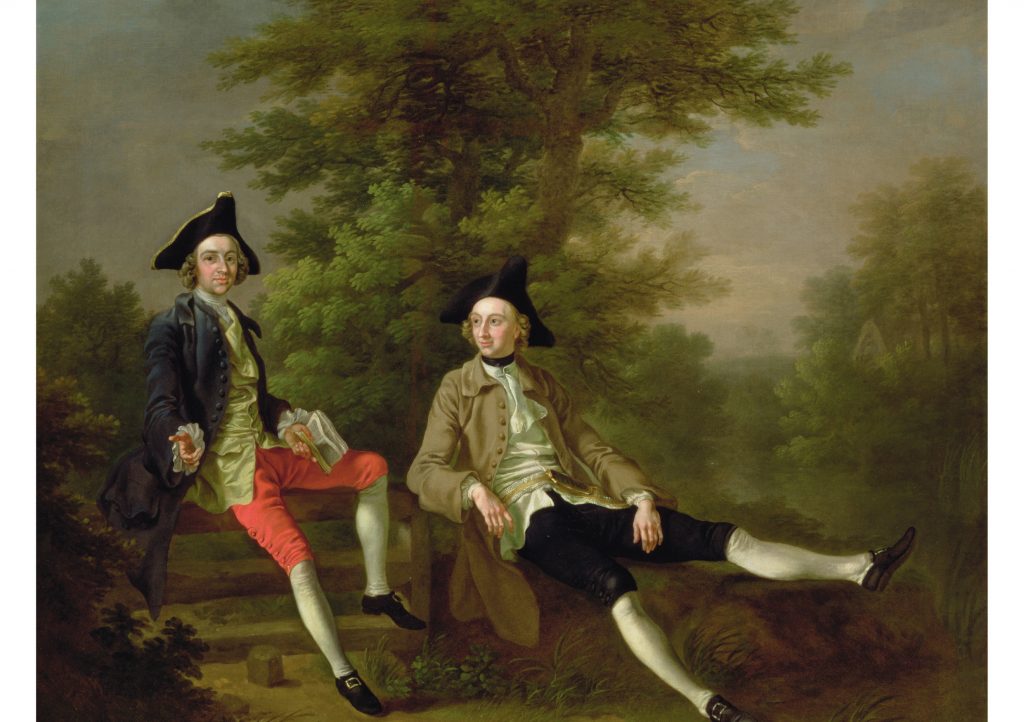
The guide books and letters of earlier travellers to Italy wrote of roads and inns to be endured… and the food! However, the British did not go to Italy for the food. They disliked garlic and olive oil, mistook ravioli for tripe and did not like the look of the frogs and snails. But the lure of Italy is one that has endured since the early British kings and queens were first invited by their Roman conquerors. Until the rediscovery of even earlier Greek remains at Paestum in the second half of the 18th century, Rome was considered the cradle of western civilisation, by which was meant ‘civilisation in general’. And by the time the classicists shifted the focus of their studies towards Greece, Italy was enticing visitors with her art galleries, influential architectural innovations and opera houses to eclipse Vienna with their baroque grandeur. And all of it always perfectly ruined for the British by the perpetual chatter of the audience and the tediously long arias.
The Tour Begins
The Grand Tour had no specific itinerary. Even where one was planned it always needed revision – for the opera, for the caprices of one’s travelling companions, for unexpected visits of royalty, for weather, war, outbreaks of plague, or even just an unexpectedly long stay in Venice after the Carnival. But a proper Tour always began at Versailles, and took in the obligatory sedan chair ride to the royal palace at the Louvre. At Paris the British aristocrat found his own: daringly powdered faces, a generous amount of bowing, the honour of being presented at a respectable court, hunting and mostly familiar food, enlightened philosophies to mull over with port and handkerchiefs after dinner, and enough wigs to carpet Paris, as indeed they would before the century was out.
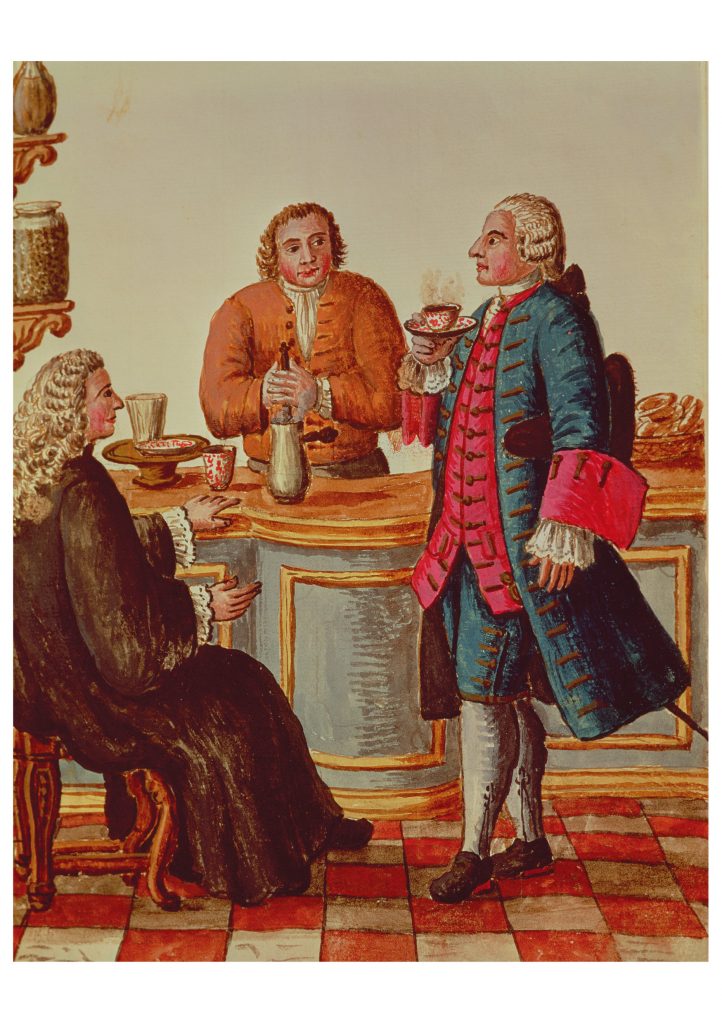
Although the Romantics would revive the tradition in the 19th-century, Mme Guillotine brought an end to the age of the true Grand Tour. Under the Bourbon monarchy, travelling through France wasn’t usually too dangerous, unless Britain was at war with France, which was often, in which case if you had to you went via Germany, and perhaps, if you had time, Vienna, providing we weren’t at war with Austria, which sometimes we were. But even when diplomatic relations with Europe’s two great powers were fractured, which was most of the time, the direct road to Turin often still appealed rather more than a crossing of the notoriously rough Bay of Biscay, trying to wave cheerfully at the Spanish galleons, and then facing the gauntlet of Barbary Coast corsairs who still patrolled the run from the newly won outposts of Gibraltar and Menorca.
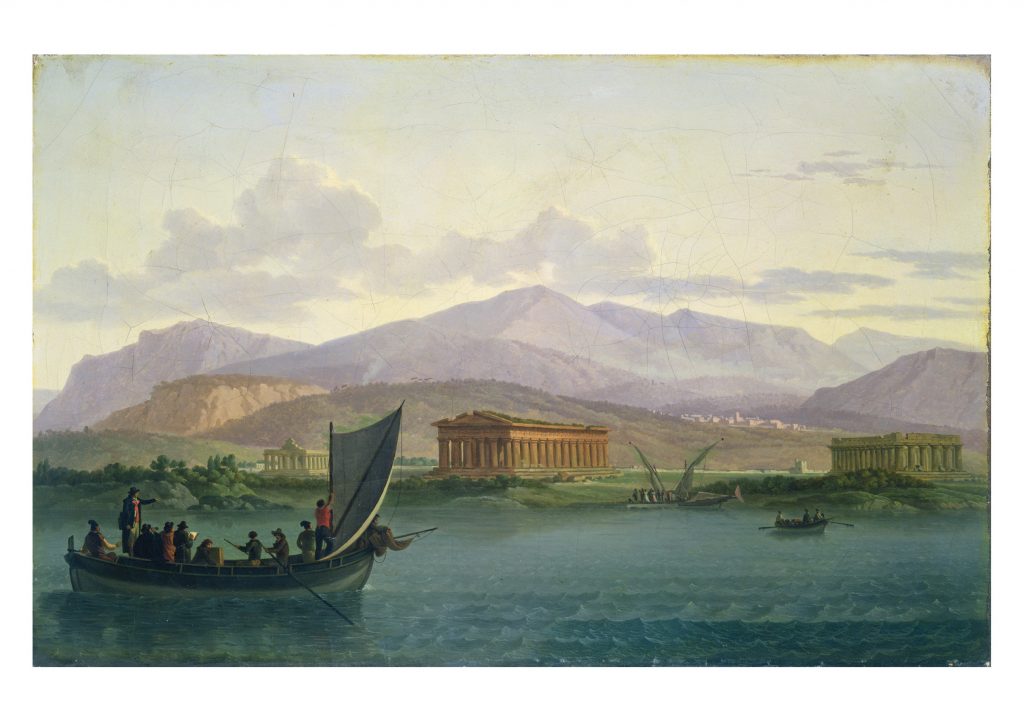
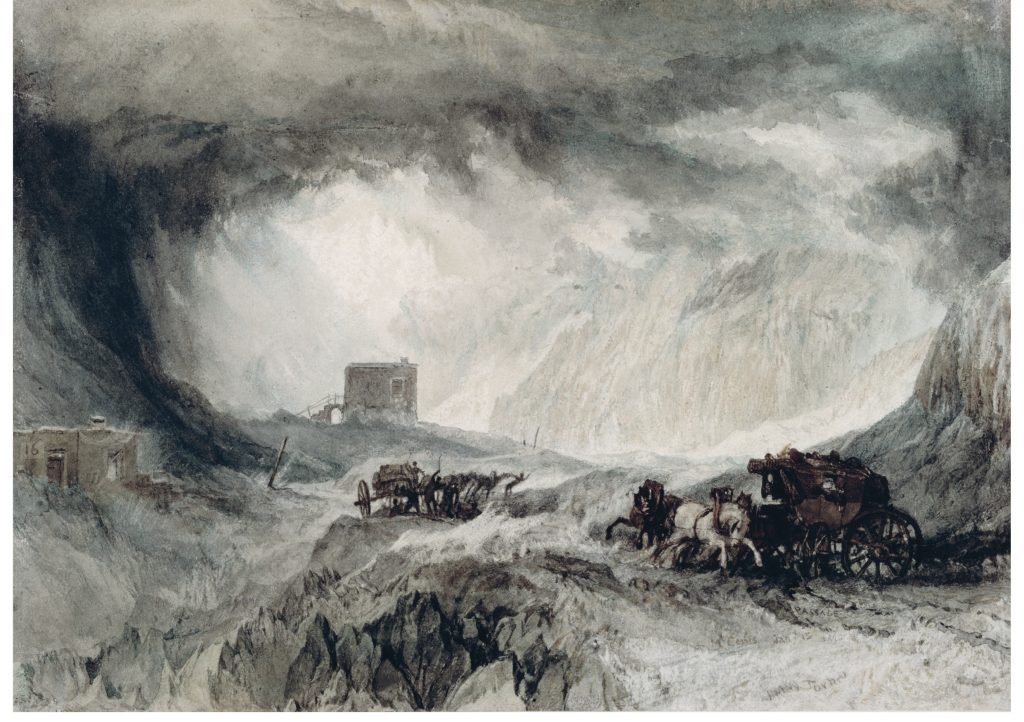
Once across France, if the seas were calm, it was sometimes possible to take a feluca (small, swift boat) from Marseille to Genoa, a route that not only avoided the Alps but also benefited from the frequent stops these light, coast-hugging craft made at the villages that grew in every coastal valley, to dine on oranges, olives and grapes. Pretty though it was, however, the Gulf of Genoa route was not as reliable as the mountain option. The feluccas didn’t sail during the winter – when they would be most useful to someone wishing to bypass the Alps – their cowardly sailors scuttling for port at the first sign of rough seas or pirates, leaving one alone to wave an imaginary cutlass at the bearded corsairs jeering one from the rigging of their galleons.
The Mountain Pass
The Alps was the favoured route, but there was no road and a crossing needed planning. As a cautionary note, in 1711 Charles Hotham’s party found the snow “four-horse deep” and would have been forced to turn back had it not been for the timely arrival of some kind souls with shovels. Undertaken at the right time of year, however, the Alpine route was not as fearful as some of the more poetic correspondents of the time have suggested.
Geneva was the place to powder one’s face after the long carriage ride from Paris, while one’s servants watched the weather around Mont Cenis (Moncenisio on the Italian side). When the weather was deemed favourable the carriage was dismantled and strapped to sure-footed mules, its occupants to be carried on reclined chairs, one hand steadying the wig. To be fair, the young and fit, such as John Holyrod, who had recently served in the army, took one look at the gentle slopes on the Savoyan side and foolishly, as it transpired, declined the chair in favour of a mule.
Holyrod was in his early thirties, a decade older than most young tourists. He had no ‘bearleader’, that tiresome clergyman, academic or retired soldier often experienced in Italian travel, who was charged by parents to ensure that one stuck to the educational delights Italy had to offer and did not lean towards gambling and gallantry, or indeed anything else that might threaten the continuation of the family fortune. This meant Holyrod had no one but his guides to advise him that the pass was deceptive.
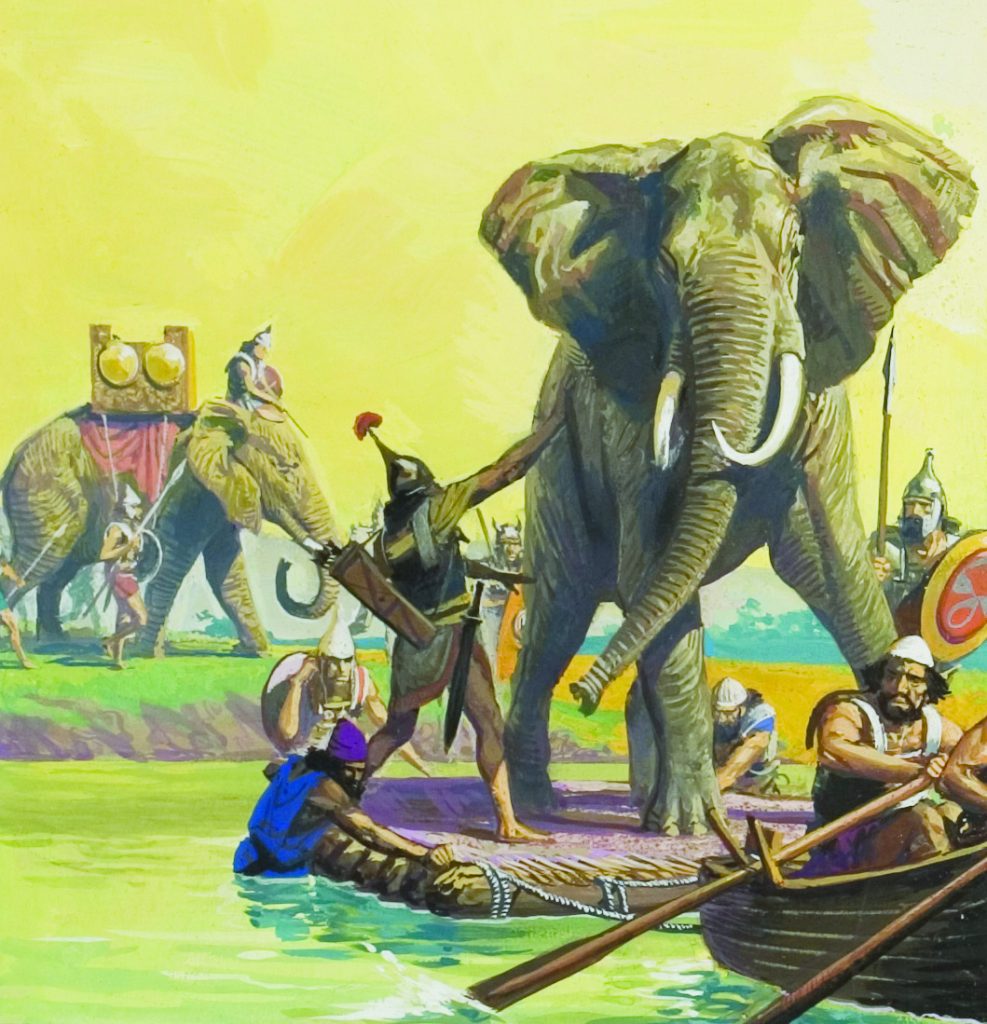
Going up on the Savoyan side gave ample opportunity for flower-smelling, and the view over the plains of Piedmont from amid the snowy peaks was a sublime spot to ponder the feats of Hannibal and admire “the beautiful cascades, which present themselves on every side and the majesty of the hoary mountains”.
The Road to Turin
Below one now, after weeks or perhaps even months of travel, was the road to Turin, where an aristocrat would be presented at an extremely polite court and entertained at one of the finest opera houses outside Vienna. But the journey was not over yet: the descent onto those plains was a treacherous ladder of zigzags, its steep path often broken by fallen rocks; its battered bridges compromised by annual torrents of snowmelt. Even the mules seemed unsure. Holyrod soon noticed that he was walking more than he was riding. Halfway down, as he finally caught up yet again with his patient guides, mopping his brow with his handkerchief in the increasing heat, he spoke to them earnestly of his “inclination to try their method
of conveyance” and was soon reluctantly “induced to be carried the final league” – for a shilling.
Holyrod was not the last to have his pride battered by the mountains, but he had arrived. The Italian adventure had begun. The carriage was reassembled on the plains as the postillions prepared the horses for the short ride to Turin.
